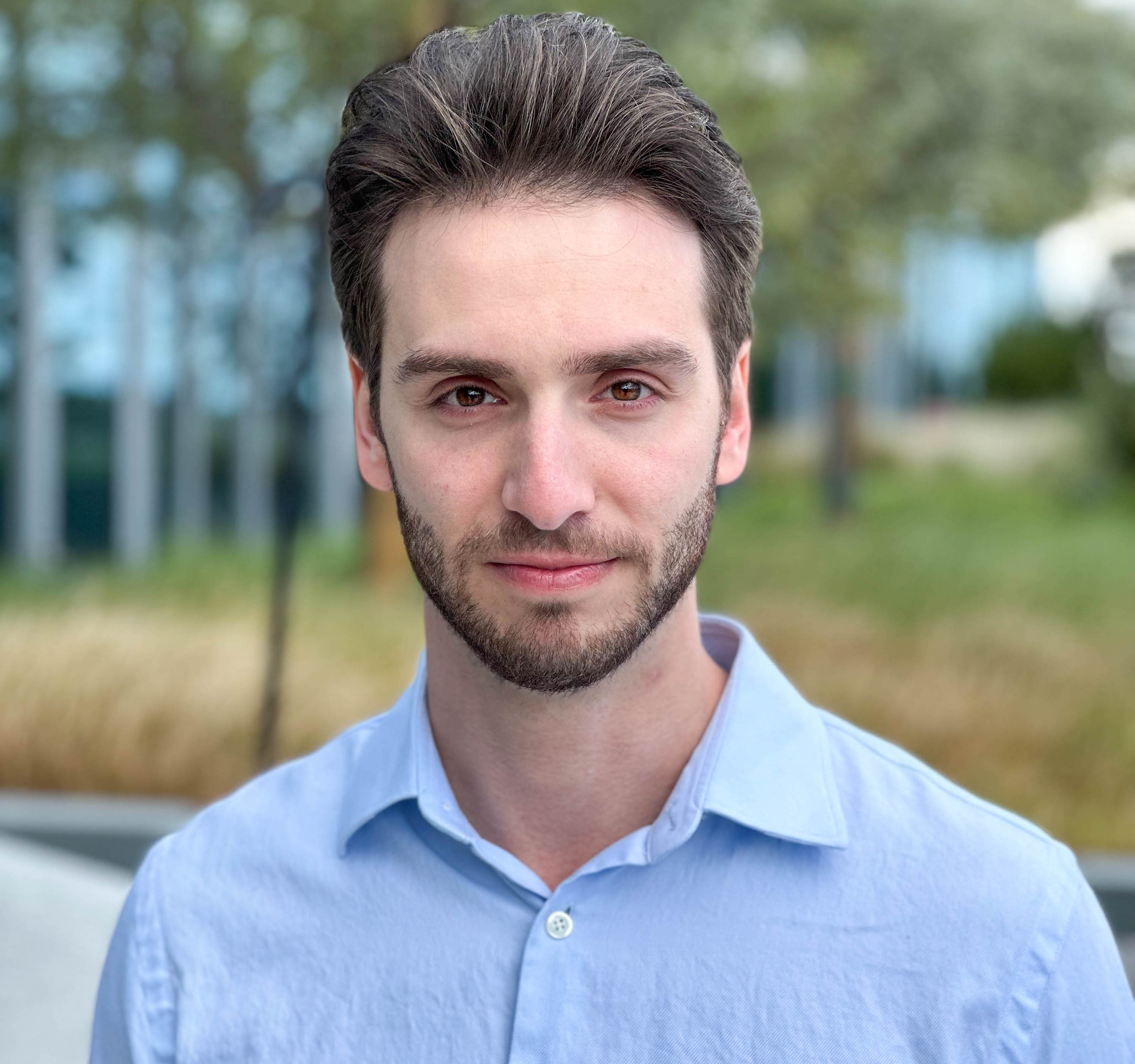
Michael Rubloff
Mar 18, 2023
One of the biggest challenges with creating NeRFs has been estimating the optimal camera capture method. Recently a new paper has been published with an aim to address that very thing. Using their method, they have been able to increase camera pose overlap, resulting in a much sharper output.

Instead of the standard circle around a subject, they argue that it is more effective to get a variety of heights and angles. This results in a 15% more effective coverage than the standard capture method.
This additional 15% makes a huge difference as reported in their paper, showing a Peak Signal to
Noise Ratio (PSNR) and Structural Similarity Index Measure (SSIM). PSNR measures the difference between the original and reconstructed images. It computes the ratio between the maximum possible value of a pixel and the mean squared error (MSE) between the original and reconstructed images. Higher PSNR scores indicate lower distortion or noise in the reconstructed image, while SSIM valuates the structural similarity between the original and reconstructed image.

DroNeRF represents a new thought process on a subject that has not received as much attention as some of the other research methods. However, by utilizing the methods described from DroNeRF, this will surely help boost additional research in the field. One existing limitation is that from camera paths, there are often missing information or the program is unclear as to what the subject of the NeRF is.
DroNerf addresses this issue by detecting the largest region of interest, computing the corresponding bounding box, then adjusting the drones to the desired locations accordingly. This allows the drones to
capture images containing the central object’s most important details, resulting in a better NeRF model.
DroNeRF Paper
This method is specifically for a drone flying around a subject, however, I do not see why this could not be adapted to any specific camera. The path and information should remain exactly the same to get the results shown.
Give their capture method a try and see how it works for your NeRF creations! As a note, this only applies to stationary subjects.







